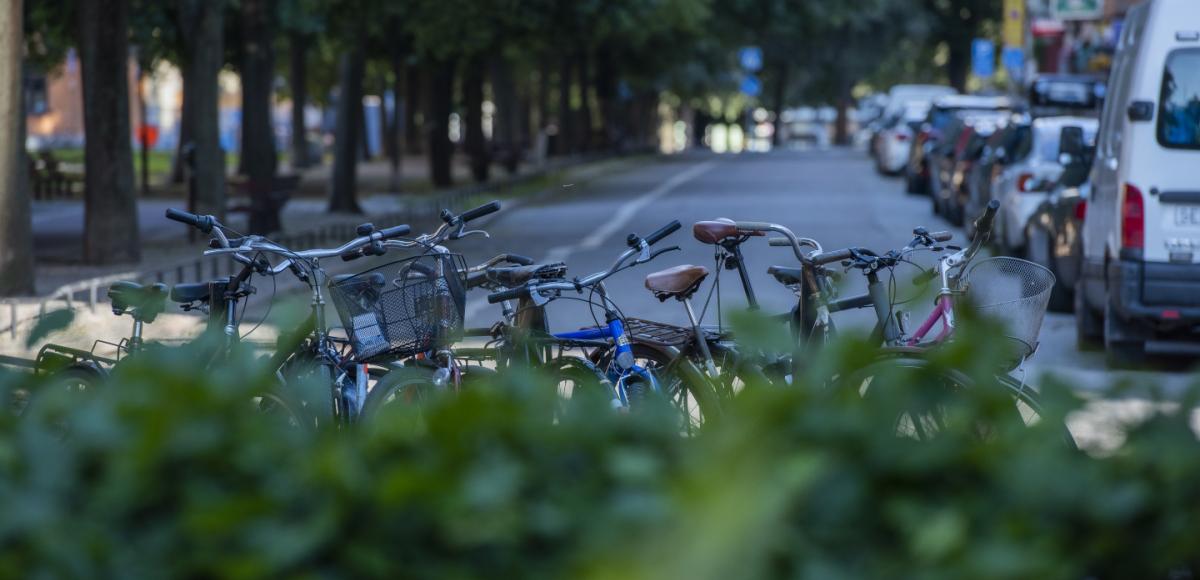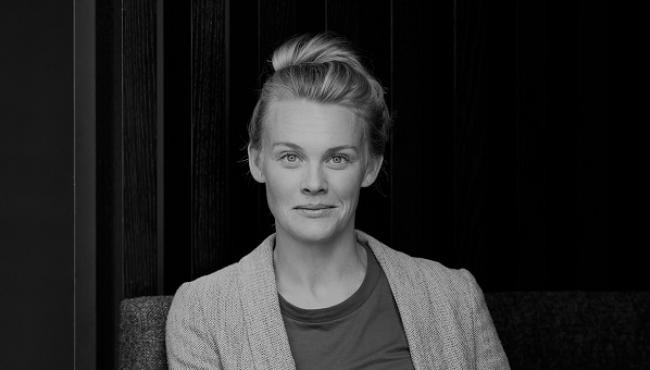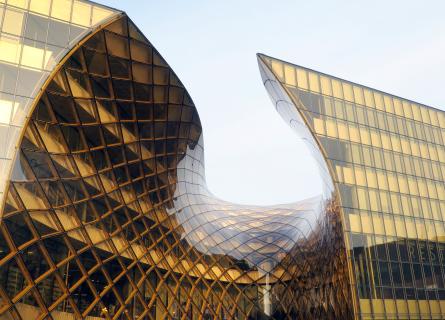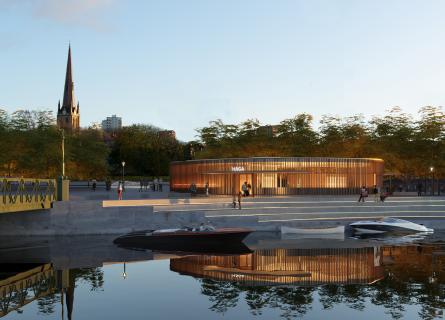
What happens if the city soundscape is muted?
Future Cities Insight #15 What happens if the city soundscape is muted?
This summer we have read several news reports about loud stadiums, noisy nightclubs and high-sounding kindergartens. Neighbours complaining that their quality of life is threatened by high volume music and high-pitched screams (from playing children or amused adults). In Stockholm, the debate was fuelled by the decision to restrict opening hours at the Boovallen football arena due to noise complaints. How noise-tolerant should city citizens be?
Not all sounds are noise
Guideline limits for noise are used to control loud industries and traffic, making sure ambient noise is not a health risk to people. These values control the volume and give direction for governments and industry owners. However, these values are generally assigned to noise that is considered unpleasant. These do not consider other types of sound, nor do they define ‘unpleasant noise’ or look into its source, occurrence, sharpness or pre-existence. The challenge is to describe sound in other parameters than a simple measured decibel value. Not all sounds are unpleasant, new or a health risk to people.
Another challenge is the Swedish legislation for noise pollution. The guideline values were developed for industries, construction sites and traffic. No guideline values are available for other urban activities, such as sporting arenas or restaurants. Instead, noise pollution guidelines for industries are applied equally to arts and culture, as is the case with Boovallen arena. That was the verdict this summer when aggravated neighbours brought their fury to court. Yet, an arena fills a completely different purpose (and creates a completely different type of sound/noise).
Long-term consequences
Historically, a city was a settlement of people who came together to trade goods, share ideas and resources. Today people move to cities to study, to meet new people, to work and to take part of an urban lifestyle. Cities are growing and more people are sharing smaller surfaces, which means they compromise on both space and the sound environment.
Culture is an important aspect of the urban lifestyle; whether it is enjoying a concert, visiting an art gallery, a game of football or clubbing all night long. Having access to culture is an essential thread in the city fabric. Using the example of Boovallen again, the arena celebrates the community identity while bringing happiness and well-being to players and audience alike. As Malin Siwe points out in a column in Swedish tabloid Expressen: noise can be measured in decibel, but physical activities have no comparable guideline levels. That is why, she claims, that the health risk of noise exposure exceeds the health risk from lack of exercise and performing sports.
The comparison is provocative, but the long-term consequences must be considered when noise pollution guidelines for industries are applied to segments such as sporting arenas or musical performance spaces. What happens if these cultural services are closed or moved out of the cities? What happens if the city is muted? Closing a cultural venue is well known to have consequences on the surrounding economy, a series of ripple effects that could be avoided with small planning efforts.
Compromises
Rather than making arts and culture less accessible, noise mitigation measures would and should be an effective solution in many cases. However, the cost of sufficient noise mitigation is often perceived as a problem, not mentioning who should be responsible for it. A possible solution could be funds that give grants to organisations and economic associations to help with noise mitigation measures.
In other countries we have seen examples of how to handle loud playgrounds or outdoor seating at restaurants. One example is ‘reverse sensitivity’ - whereby newcomers in an area are to be made aware of the pre-existing sound environment e.g. by noise contours and thereafter accept the conditions (or not), quite comparable to properties within a noise path from an airport. After all, the attractiveness of a specific area resides in its activities and what it has to offer to newcomers.
Compromising about physical space is obvious, yet compromising about sound environment still seems to be a delicate issue. The process of compromising should strengthen the community as opposed to kill vibrant and essential offers in the city. Planning, noise regulations and the determination to maintain key social bonds, is critical to any community with a sense of identity. There are ways to handle this collaboratively rather than taking punitive actions.
Thomas Scelo, Performance Venue Senior Acoustician, Efterklang
Hilde Rosenberg Bülow, Communications, Efterklang


